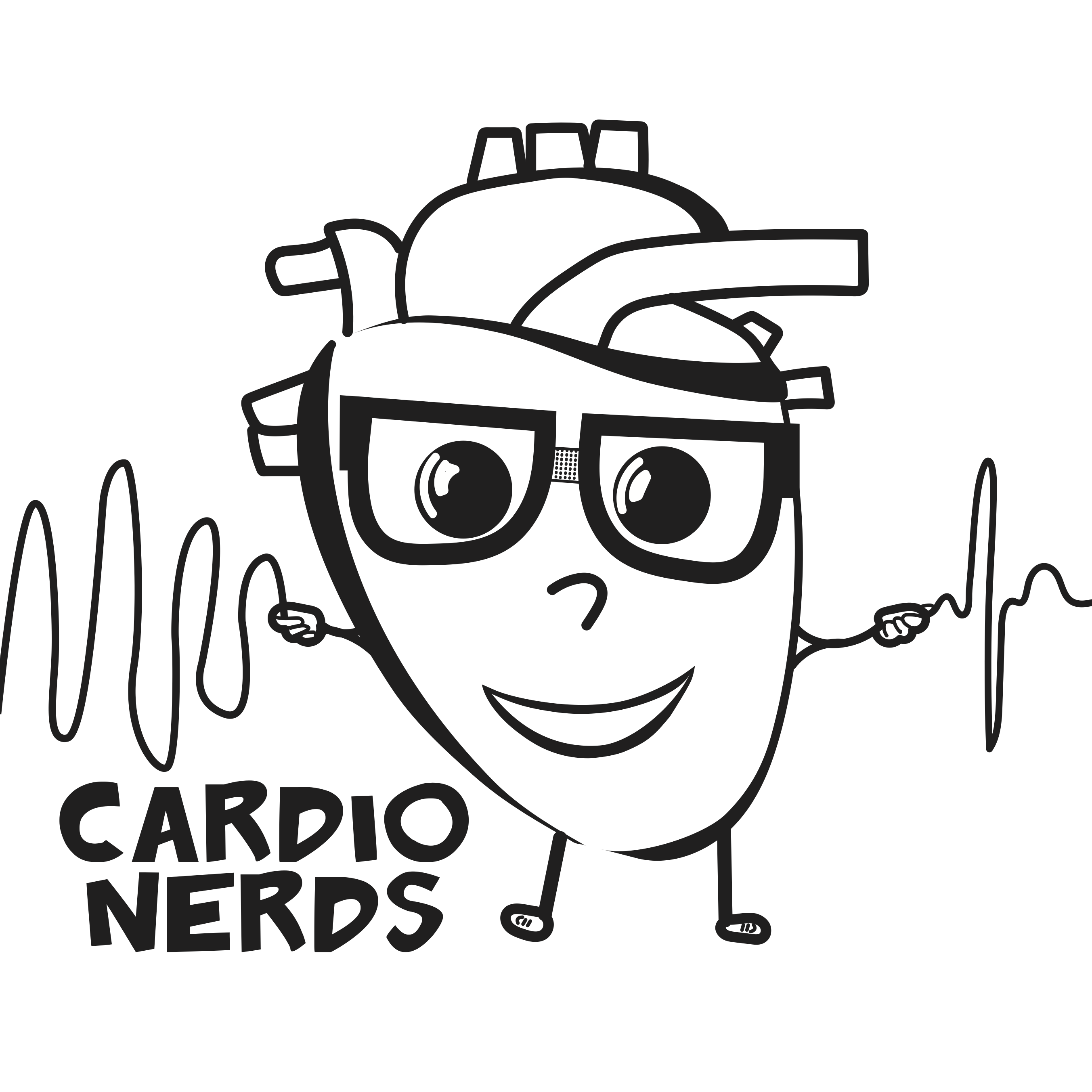

Cardionerds: A Cardiology Podcast
CardioNerds
Welcome to CardioNerds, where we bring you in-depth discussions with leading experts, case reports, and updates on the latest advancements in the world of cardiology. Tune in to expand your knowledge, sharpen your skills, and become a true CardioNerd!
Episodes
Mentioned books

6 snips
Jul 9, 2024 • 33min
379. SGLT Inhibitors: The Biology of SGLT Inhibition with Dr. Katherine Tuttle
Dr. Katherine Tuttle discusses the biology of SGLT inhibitors, their impact on cardiology, nephrology, and diabetes. Topics include optimizing medication regimen, management and monitoring of SGLT2 inhibitors, challenges of utilizing them in clinical practice, and benefits for heart failure and CKD patients.

4 snips
Jun 26, 2024 • 20min
378. Case Report: Severe Mitral Paravalvular Regurgitation Complicated by Hemolytic Anemia – Duke University
Drs. Suleiman, Elliott, and Osude share their cardiology journeys. They discuss a complex case of severe mitral paravalvular regurgitation with hemolytic anemia. Topics include valve complications, fluoroscopy, and management strategies for prosthetic valve patients.

Jun 24, 2024 • 15min
377. CardioOncology: Multi-modality Imaging in Cardio-Oncology with Dr. Nausheen Akhter
Dr. Nausheen Akhter discusses multi-modality imaging in cardio-oncology. Topics include monitoring LVEF with nuclear imaging, using MRI for cardiotoxic therapy surveillance, identifying coronary disease with CT, and diagnosing cardiac amyloidosis. The episode emphasizes the role of imaging in managing cardiotoxicity during cancer treatment and long-term surveillance strategies.

Jun 21, 2024 • 17min
376. Case Report: Tamponade or Cardiovascular Support? A case of Pericardial Decompression Syndrome – University of Michigan
Dr. Brett Wanamaker and specialists discuss a challenging case of pericardial decompression syndrome in a woman with metastatic lung cancer, emphasizing pericardiocentesis complications, differential diagnoses, and management strategies. They explore the complexities of post-procedural hemodynamic issues and the importance of echocardiography in diagnosis and treatment.

18 snips
Jun 6, 2024 • 16min
375. Beyond the Boards: Foundations of Cardiovascular Prevention with Dr. Stephen Kopecky
CardioNerds host Dr. Stephen Kopecky, a cardiovascular prevention expert, discussing risk assessment beyond standard calculators, optimizing cholesterol levels, and managing statin intolerance. They explore guidelines for LDL goals based on risk factors, addressing side effects, and future interventions for personalized cardiovascular prevention.

May 31, 2024 • 28min
374. Case Report: Unraveling the Mystery – When Childhood Chest Pain Holds the Key to a Genetic Heart Condition – Wayne State University
Drs. Shafi, Prakash, and Theisen discuss a pediatric case of genetic heart condition, focusing on familial hypercholesterolemia, LDL targets, and emerging therapies like PCSK9 inhibitors and CRISPR-based treatments. They highlight the complexities of managing young patients with multiple health issues and emphasize personalized care for FH patients.

May 30, 2024 • 22min
373. Narratives in Cardiology: Becoming a “Big E” Medical Educator as a Cardiologist with Dr. James Arrighi
Dr. James Arrighi, General Cardiologist and CEO of ACGME-International, discusses competency-based medical education, challenges in cardiology fellowship training, ACGME International accreditation hurdles, and promoting diversity in cardiology education. Explore his path as a clinician educator and the importance of inclusion in cardiology.

5 snips
May 23, 2024 • 0sec
372. Case Report: Chronic Chagas Cardiomyopathy with Recurrent Ventricular Tachyarrhythmia – Georgetown University
Guests, including Dr. Jessie Holtzman and Dr. Naima Maqsood, discuss a challenging case of a 79-year-old male with Chagas cardiomyopathy. The patient presented with recurrent VT post-CRT-D placement, leading to cardiogenic shock. Diagnostic journey of Chagas cardiomyopathy and importance of early diagnosis are highlighted to prevent catastrophic events.

May 14, 2024 • 51min
371. Case Report: The Curious Case of Obstructive Cardiogenic Shock – Maine Medical Center
CardioNerds discuss a case of obstructive cardiogenic shock in a 42-year-old woman with Tetralogy of Fallot repair. They highlight lactic acidosis, kidney injury, NT-proBNP elevation, and moderate biventricular dysfunction. The patient had right heart catheterization showing elevated pressures and low cardiac index. Intracardiac echocardiography revealed a large mass within the valve apparatus, prompting further evaluation and management.

May 13, 2024 • 45min
370. CardioOncology: Advanced Heart Failure in CardioOncology with Dr. Richard Cheng
Dr. Richard Cheng, expert in CardioOncology, discusses advanced heart failure in patients with a history of cancer. Topics include cancer therapy-related cardiac dysfunction, risk stratification tools, guideline-directed medical therapy, risk of prior radiation and chemotherapy during surgery, and post-transplant risks and treatment strategies.


